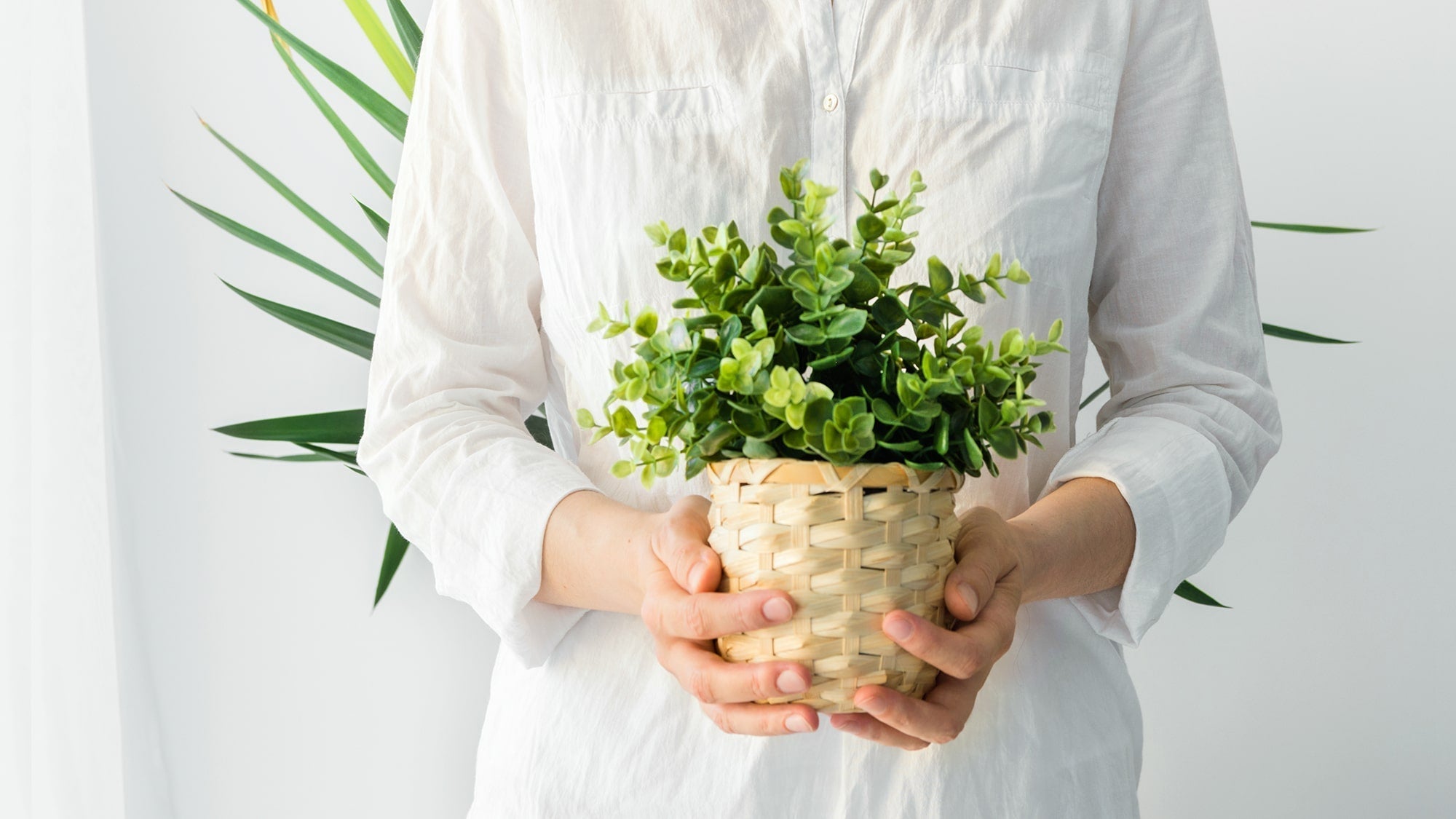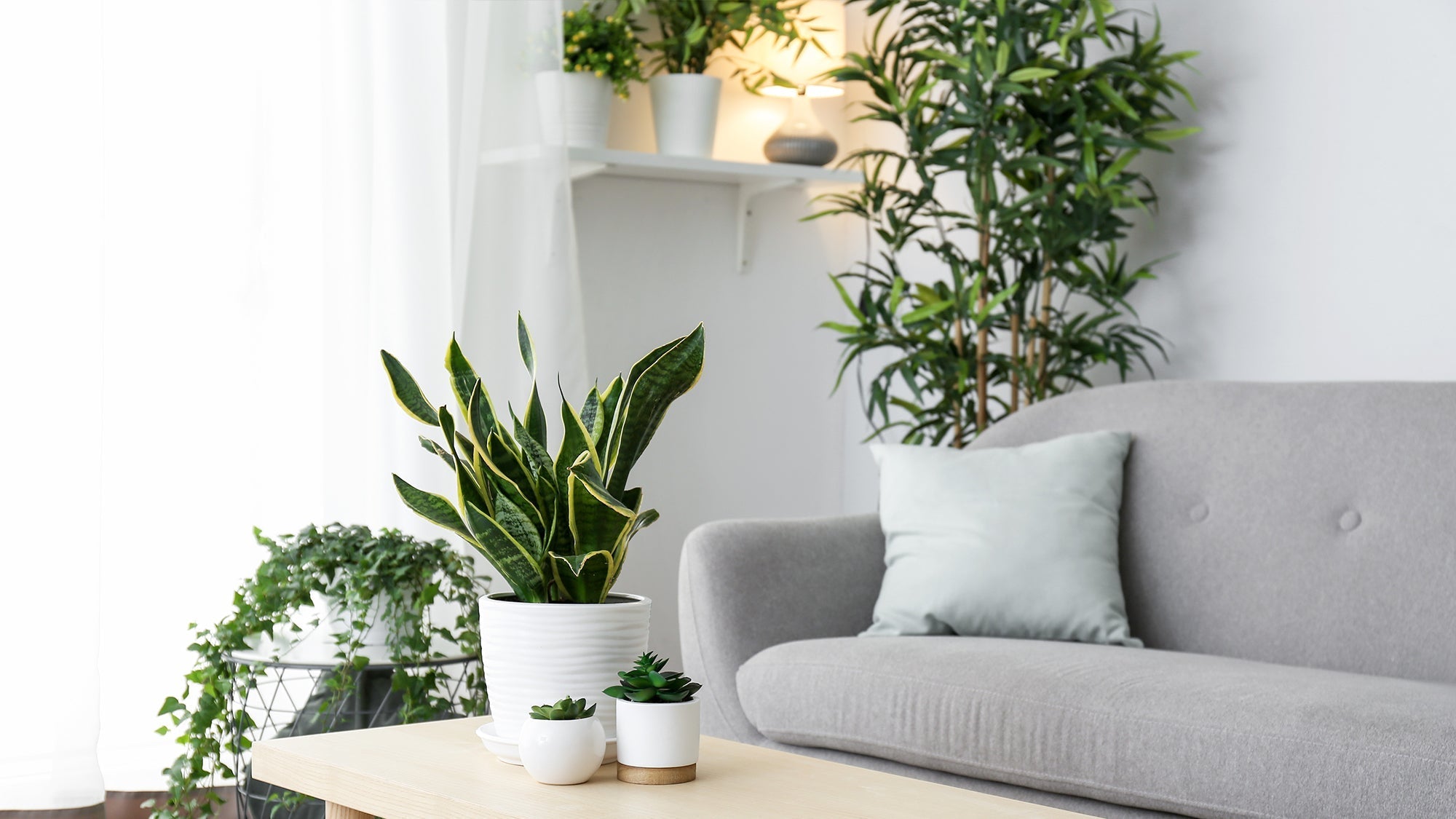
Six Essential Tips for Choosing Healthy Plants

Why Are Plants Difficult to Maintain After Purchase?
Many beginners find their newly purchased plants facing health issues shortly after bringing them home. Choosing a healthy plant that suits your needs is crucial, akin to picking the right partner. Here are six essential tips to help you select healthy plants, no matter where you shop.
6 Tips for Choosing Healthy Plants

1. Match Plant Needs to Your Environment

To keep plants healthy, ensure their environmental needs are met. Refer to our previous post,“New to Plant Care? 3 Essential Tips for Finding Your Ideal Growing Conditions,”to understand your planting conditions. This knowledge helps sellers recommend suitable plants for you. Exploring different plants and their environmental needs is also beneficial.
2. Check the Leaves: Indicators of Health and Pests
Apart from variegated plants, healthy leaves should be evenly colored, free from spots, yellowing, and glossy. Leaves should feel smooth and resilient. Check both sides of the leaves for signs of pests or diseases.
 Check both the front and back of the leaves. If you see spots or yellowing, it's likely that the plant is infected with pests or diseases.
Check both the front and back of the leaves. If you see spots or yellowing, it's likely that the plant is infected with pests or diseases.
3. Examine the Stems: Firm and Undamaged

Sturdy stems help plants stand tall. Avoid plants with broken, damaged, or spotted stems, as these can affect growth and health. Choose plants without visible injuries, spots, or pruning marks to minimize hidden issues.
4. Inspect the Roots: Vital for Nutrient Absorption
Healthy roots ensure good nutrient uptake. Roots protruding from the pot indicate the need for repotting. Healthy roots appear white and plump. Sparse or weak roots may benefit from a nutrient solution containing seaweed and purple root extracts to aid recovery and growth.

5. Assess the Soil: The Plant’s Growth Environment
Soil quality is critical to plant health, much like a nurturing environment is for humans. High-quality soil should be odor-free, weed-free, and insect-free. Sour or sweet-smelling soil might indicate poor quality or root disease. Weeds can hinder growth, and soil surface insects suggest possible infections.
 If you notice fungal mycelium or small insects in the soil, it indicates that the soil conditions are not ideal for healthy plant growth.
If you notice fungal mycelium or small insects in the soil, it indicates that the soil conditions are not ideal for healthy plant growth.
6. Understand Watering Needs: Prevent Overwatering

Overwatering is a common cause of plant death. Ask about the plant’s last watering time and frequency to gauge its needs in your environment. If your plant shows signs of poor health, don’t worry. Basic pest and disease control, combined with patience and the right nutrients, can help your plant recover.
If your plants show signs of poor health, don't worry. These initial symptoms often indicate early stages of pests or diseases. After removing affected areas, treating pests, and sanitizing, be patient as your plants recover. Using plant nutrients at the right time will help them regain their strength.

1% Plant Nutrition Spray: Quickly Revitalize Damaged Plants and Boost Their Recovery
3 Tips to Help Plants Adapt to New Environments
1. Gradual Adjustment to New Surroundings

Plants need time to adapt after moving. Initially place them in a shady, well-ventilated area away from direct sunlight (e.g., a shaded balcony) to observe their adaptation and detect any pests or diseases that could affect other plants.
2. Control Watering Frequency and Soil Drainage

Overwatering is a major issue for beginners, leading to root rot. Follow the “two-finger rule” to check soil dryness before watering. If topsoil is dry but bottom soil is too wet, improve drainage with better soil mixes (e.g., perlite, vermiculite). Use root-boosting nutrient solutions like 1% nutrition’s plant essence for better root development.
3. Use Plant Nutrition Spray

In the first week, use a nitrogen-free natural nutrition spray on leaves and stems to provide essential nutrients and moisture without overwatering. This helps regulate plant functions and speeds up environmental adaptation.
Summary: Observing with Five Senses and Using Plant Nutrition Products
The key to healthy plants is using your senses to observe and employing nutrition products. Regular observation of plant health and the use of natural plant nutrition concentrate to ensure plants get the vital nutrients they need to thrive. Stay tuned for our next post on common beginner mistakes and plant health check tips!
Further Reading:“Essential Plant Care: 5 Common Mistakes and 6 Health Check Tips”

Leave a comment
This site is protected by hCaptcha and the hCaptcha Privacy Policy and Terms of Service apply.